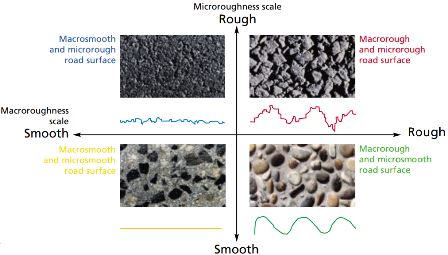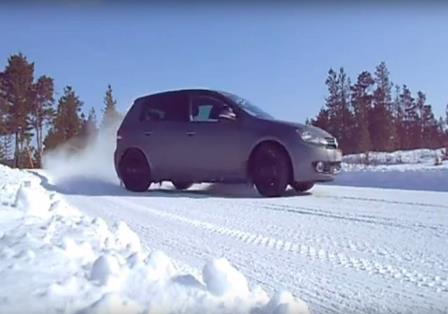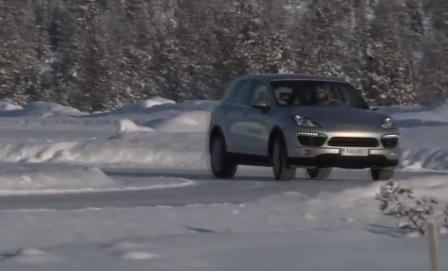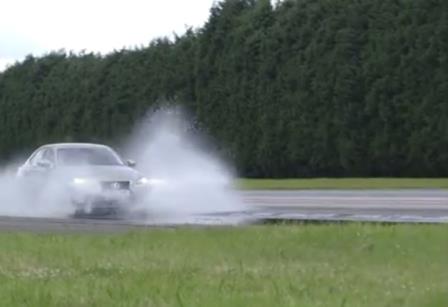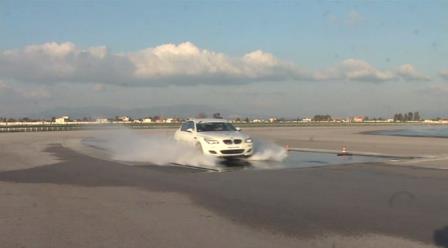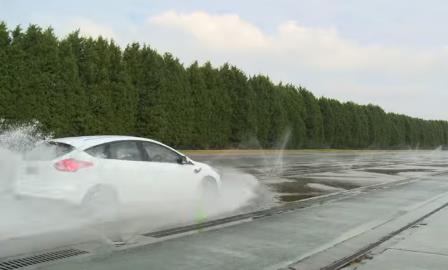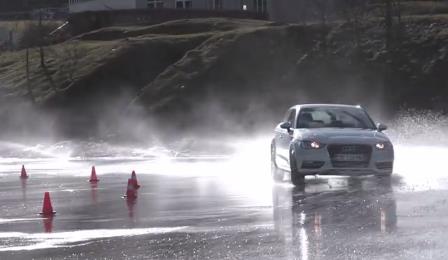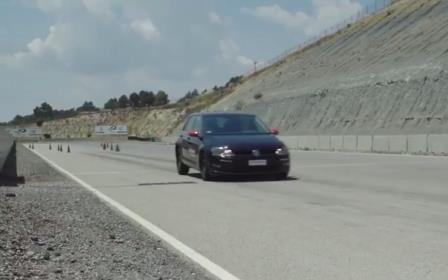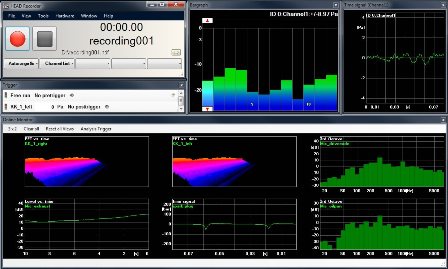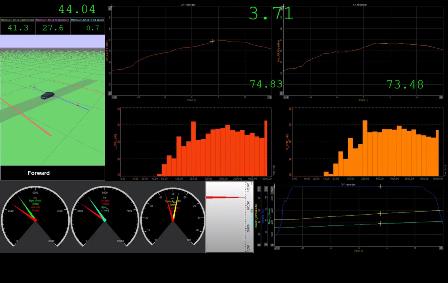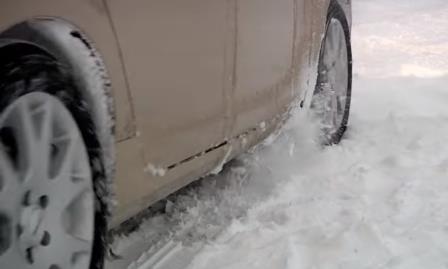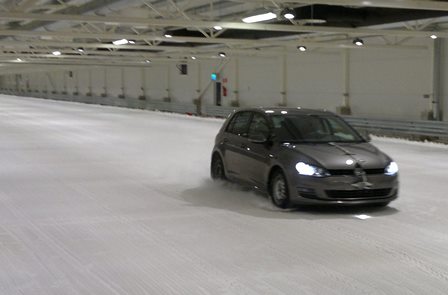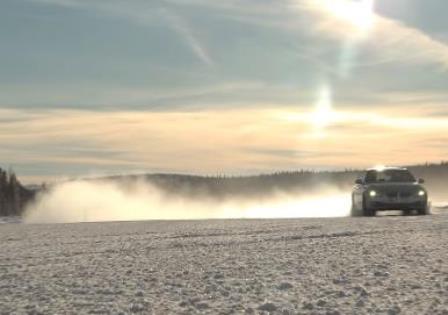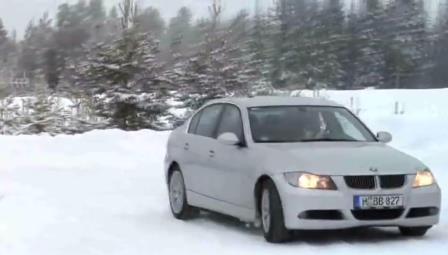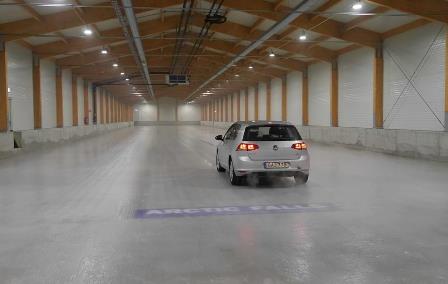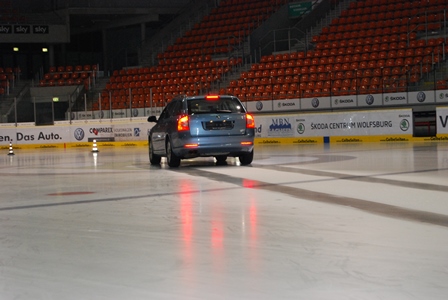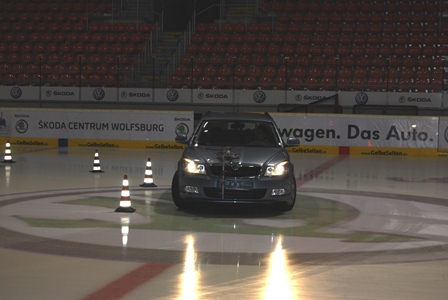Road surfaces are made of mineral aggregates obtained by crushing hard rocks of sandstone or granite, for example, as well as of sand and fines, that are all bound together by bitumen most of the time. The size of the aggregates, which are the main components, ranges from 6 to 14 mm. Road surfaces can be made by applying a coat of bitumen to the road, and then spreading the aggregates over it: these are called surface coatings. Most often however the aggregates, sands and fines are hot-mixed with the binder to produce bituminous concrete which is then laid down on the road and compacted. These are known as bituminous mixes. Standards define a wide variety of bituminous mixes, which are designed for different applications, such as support layers or surface layers. For bituminous concretes, the various sizes of aggregates, sand and fines are distributed in such a way that the gaps between them is as small as possible, which gives the whole surface good mechanical cohesion and sealing. In draining mixes, the size of the aggregates used leaves empty spaces to enable the water to permeate downwards.
